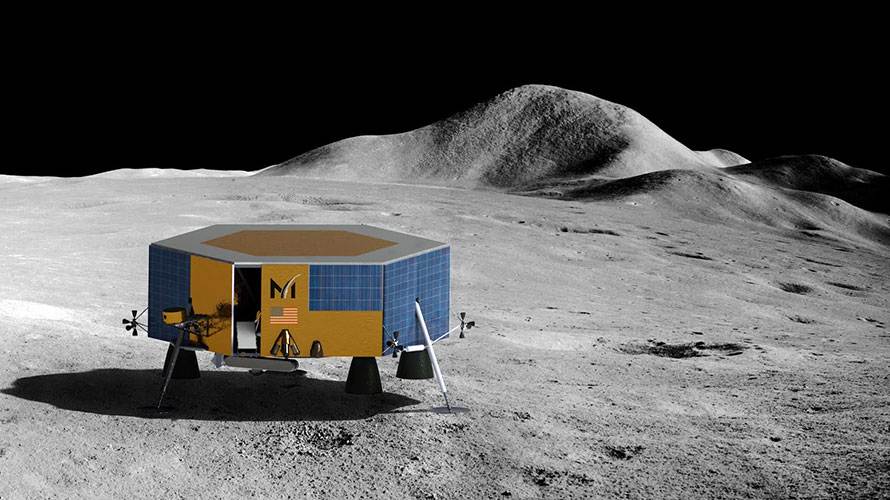By Dale Skran
With most of us under some form of pandemic lockdown, and focused on the terrible events unfolding around us, it is easy to lose track of events, many of which, quite reasonably, get little attention in the current dire situation. I thought some of you would like to hear a roundup of recent events to get a break from the daily dose of bad news. As is my practice, I am sticking to actual flight events, although in some cases I have included very significant new contracts being signed. I am not including three important announcements during this period that already have their own blog posts (Updated Artemis plan from NASA, the Executive Order on Space Resources, and the choice of Dragon XL to support the Gateway).
Incredibly, even under the dramatic restrictions brought on by efforts to slow the spread of Covid-19, some important space development milestones have been achieved. In no particular order we have:
- On April 9th, the new Soyuz 2.1a rocket lofted a three-person crew to the ISS. The new rocket replaces the venerable Soyuz-FG, which entered service in May 2001. The Soyuz-FG had mostly analog electronics, and wasn’t capable of performing a roll soon after launch, which is needed to reach the ISS. These issues are resolved in the Soyuz 2.1a. Russia is in the process of cutting back from four to two crewed Soyuz launches to the ISS per year as Commercial Crew comes into operational status.
- On April 6th, the final Dragon 1 returned to Earth from the ISS with 4,000 pounds of cargo, paving the way for the first cargo flight of the Dragon 2 later in the year. This Dragon capsule was on its third cargo run to the ISS. Among the exciting results returned are those from the BioFabrication Facility (BFF), a 3D biological printer used to print prototype organ structures in microgravity. One of the organ structures printed was a partial human meniscus (a disc of soft cartilage between the femur and the tibia).
- March 18th saw the 5th flight of a Falcon 9 first stage (4th reflight) to launch Starlink 7. Although there were problems with one engine, and the first stage was unable to land on the drone ship, this 4th reflight marked a new milestone for SpaceX. The F9 first stage is designed for 10 flights without a major refurbishment. The actual Starlink deployment was completely successful.
- Although the actual test took place in early March, on April 8th Rocket Lab announced the successful completion of the in-air recovery of an Electron first stage. The test involved dropping a first stage from one helicopter and catching it with another. Rocket Lab plans to continue with more tests later in 2020.
- Masten’s XL-1 lunar lander (photo at top) was selected by NASA to deliver nine science and technology payloads to the Moon’s South Pole in 2022 under the Commercial Lunar Payload Services (CLPS) program. Masten will receive $75.9 million dollars from NASA but can sell additional payload space to other customers. Masten joins Astrobotic and Intuitive Machines, which are scheduled to deliver smaller landers to the lunar surface in 2021 as part of the CLPS program.
- On April 2, the first European external commercial facility, Bartolomeo, was attached to the ISS. Bartolomeo was lofted to the ISS by the final Dragon 1 (mission CRS-20). It will require a spacewalk to complete the installation.
NASA deserves a lot of credit for being able to make progress under difficult circumstances.




















3 thoughts on “A Roundup of Recent Progress in Space Development”
Thanks for the update, Dale. Lots of exciting new developments as we take our baby steps in orbital settlement. Glad that Airbus and Spacex added to the ISS structure. The bigger the better (to a point, of course). – L Paul Turner, The Space Trade Update
There will certainly be a big market for 3D printed human meniscus (a disc of soft cartilage between the femur and the tibia). A low mass high value product that can be manufactured in orbit.
Thanks for the update! The progress in Commercial Lunar Payload Services (CLPS) program is really great to see.